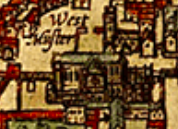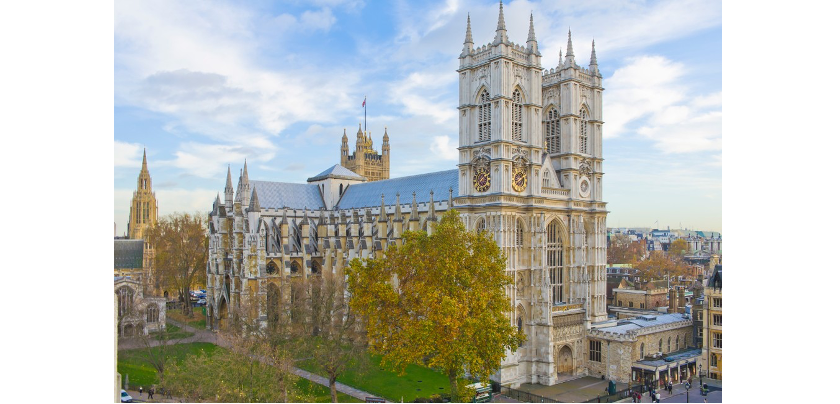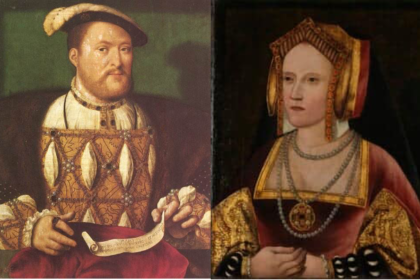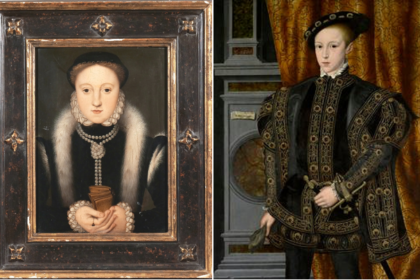For a site that attracts so much international attention and tourism in the 21st century, in the medieval and Tudor periods there are surprisingly few significant depictions to be found. A couple of the images you will see here I found perusing through manuscripts, and I’m sure there are many more such sketches and illustrations in the margins of medieval texts.
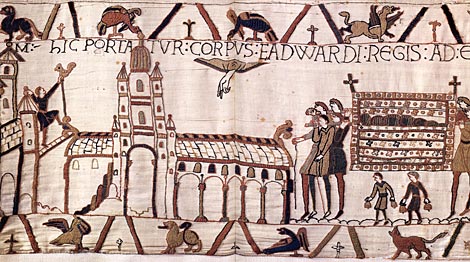
Walking into Westminster Abbey, you are surrounded by centuries of history. Though there was a small Benedictine monastery on the site founded in around 960, it only really became significant in the time of St Edward the Confessor, who endowed and enlarged the monastery and built an adjoining church, dedicated to St Peter. Situated outside the walls of London, and although it was formally called St. Peter’s Abbey, it became known as ‘west minster’ to distinguish it from St Paul’s Cathedral, which was the ‘east minster.’ The new abbey was consecrated on the 28th December, 1065, however Edward was too ill to attend and died a few days later. In 1161, his remains were moved to the High Altar of the abbey, becoming the first of many English kings to be buried there. Memorialised in the Bayeux Tapestry, along with Edward’s burial in Westminster, Harold Godwinson was crowned there in 1066, in order to emphasise his connection with St Edward. After the Battle of Hastings, William the Conqueror also chose to be crowned there on Christmas Day, 1066. All Kings and Queens Regnant since have chosen to be crowned in Westminster Abbey.

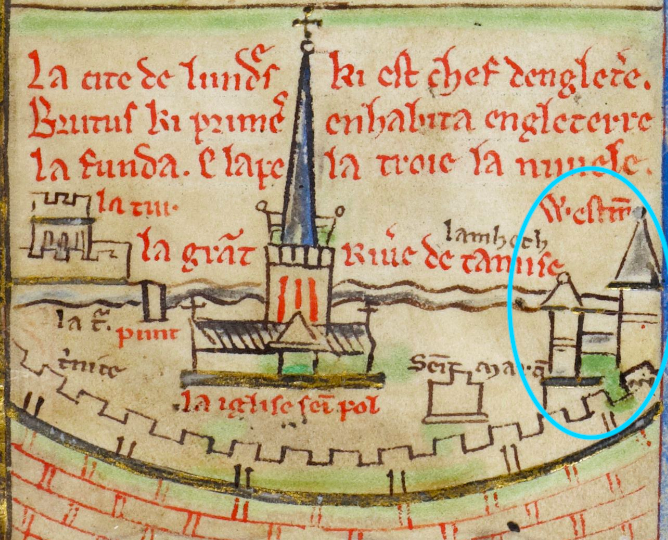
Travelling down the centuries, Henry III decided to have the abbey rebuilt. Henry was an admirer and devotee of St Edward, and wanted the location of his shrine to reflect this. The church was rebuilt in the new Gothic style. Unfortunately, similar to St Edward, Henry would not live to see his vision completed; he died before the nave could be constructed, and the older structure remained for many years. Nevertheless, Westminster Abbey remains Henry’s most enduring legacy, an association preserved in medieval depictions of him.
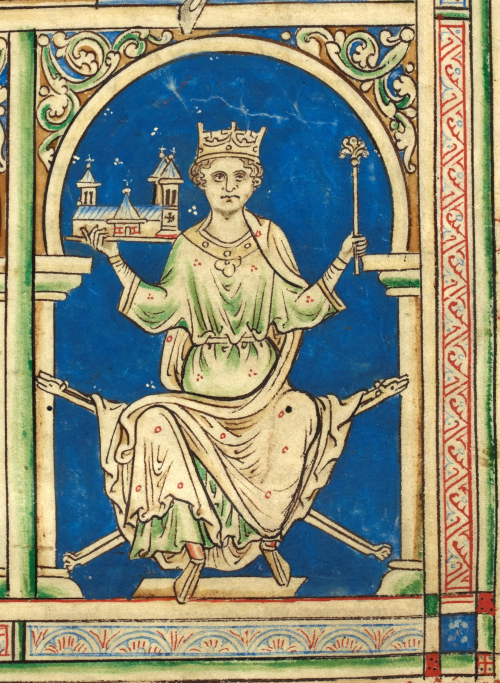

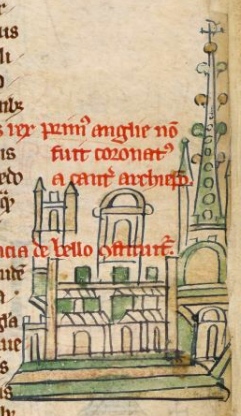
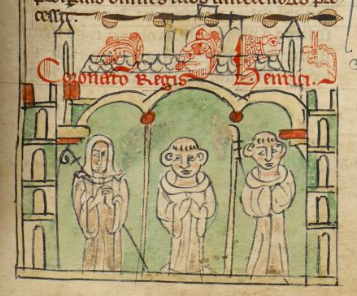
The Tudor period saw a surge in map-making, and the abbey can just about be made out on many of them. During the Reformation, Henry VIII dissolved the Benedictine monastery, but endowed the church as a cathedral, sparing it from the destruction of the Dissolution. Though it briefly became a monastery again under Mary, Elizabeth again dissolved it, but also revoking its cathedral status, renaming it the Collegiate Church of St. Peter. This remains its formal title, though of course the informal name given to it when it was first founded endures: Westminster Abbey.
